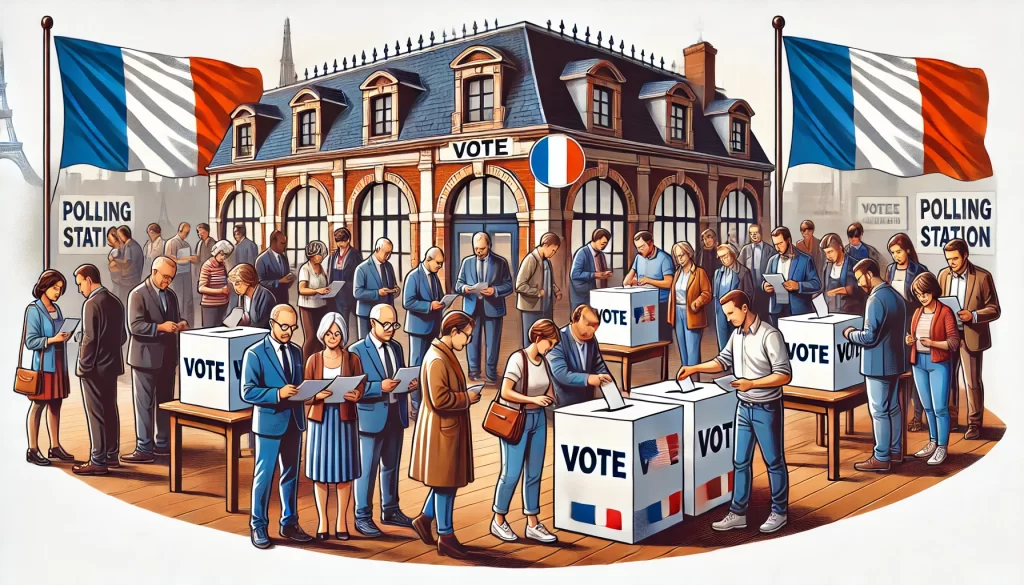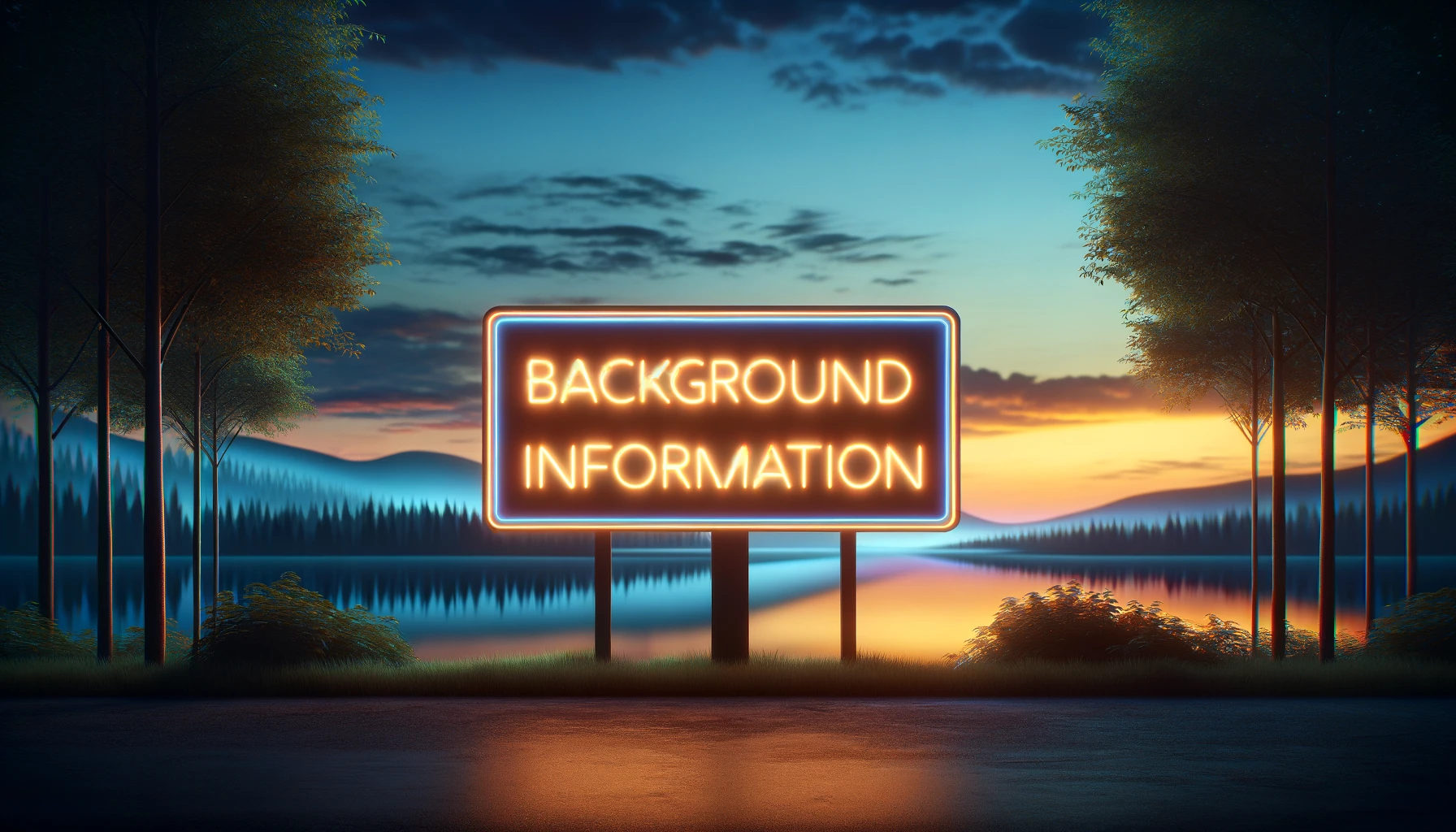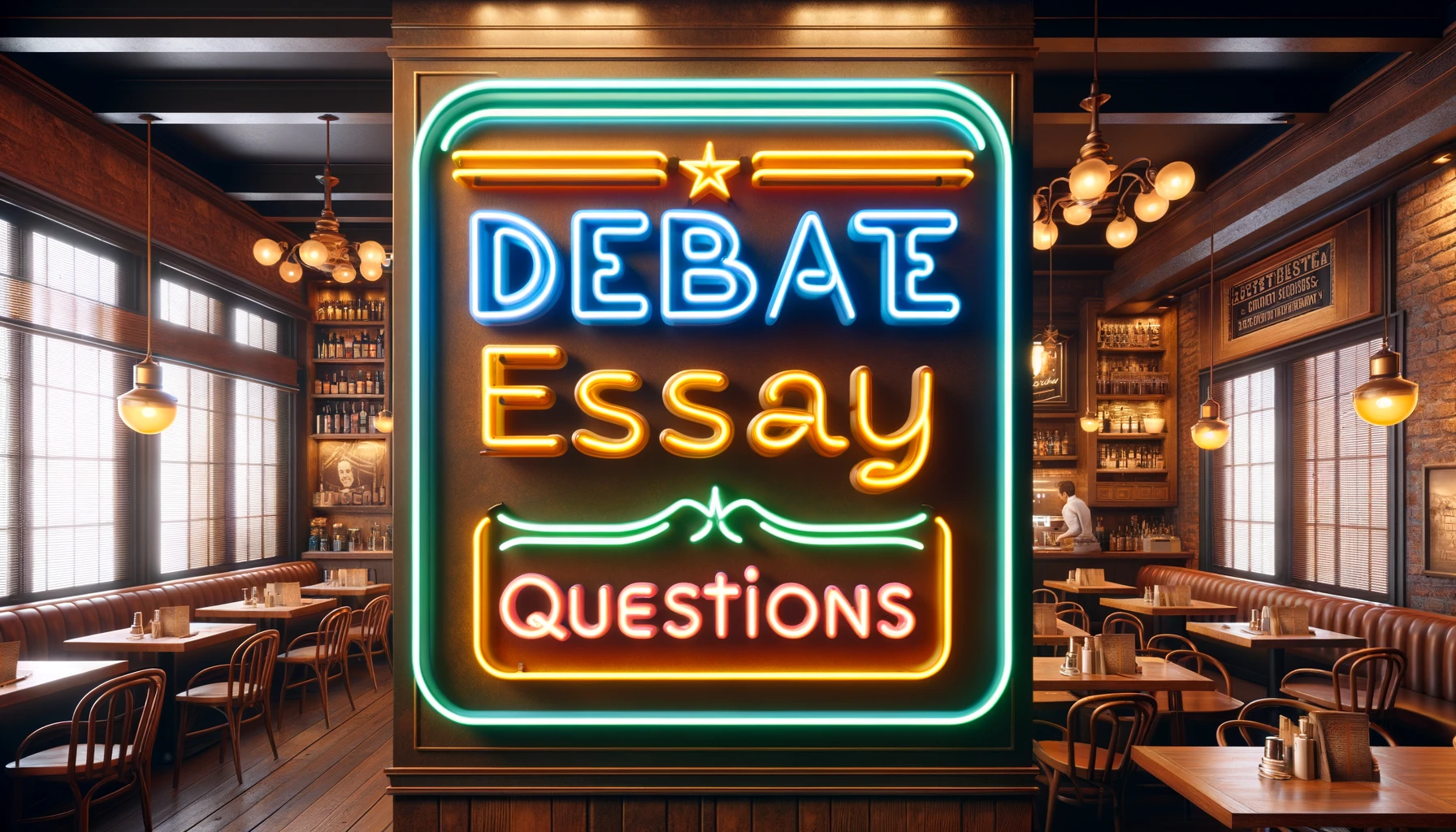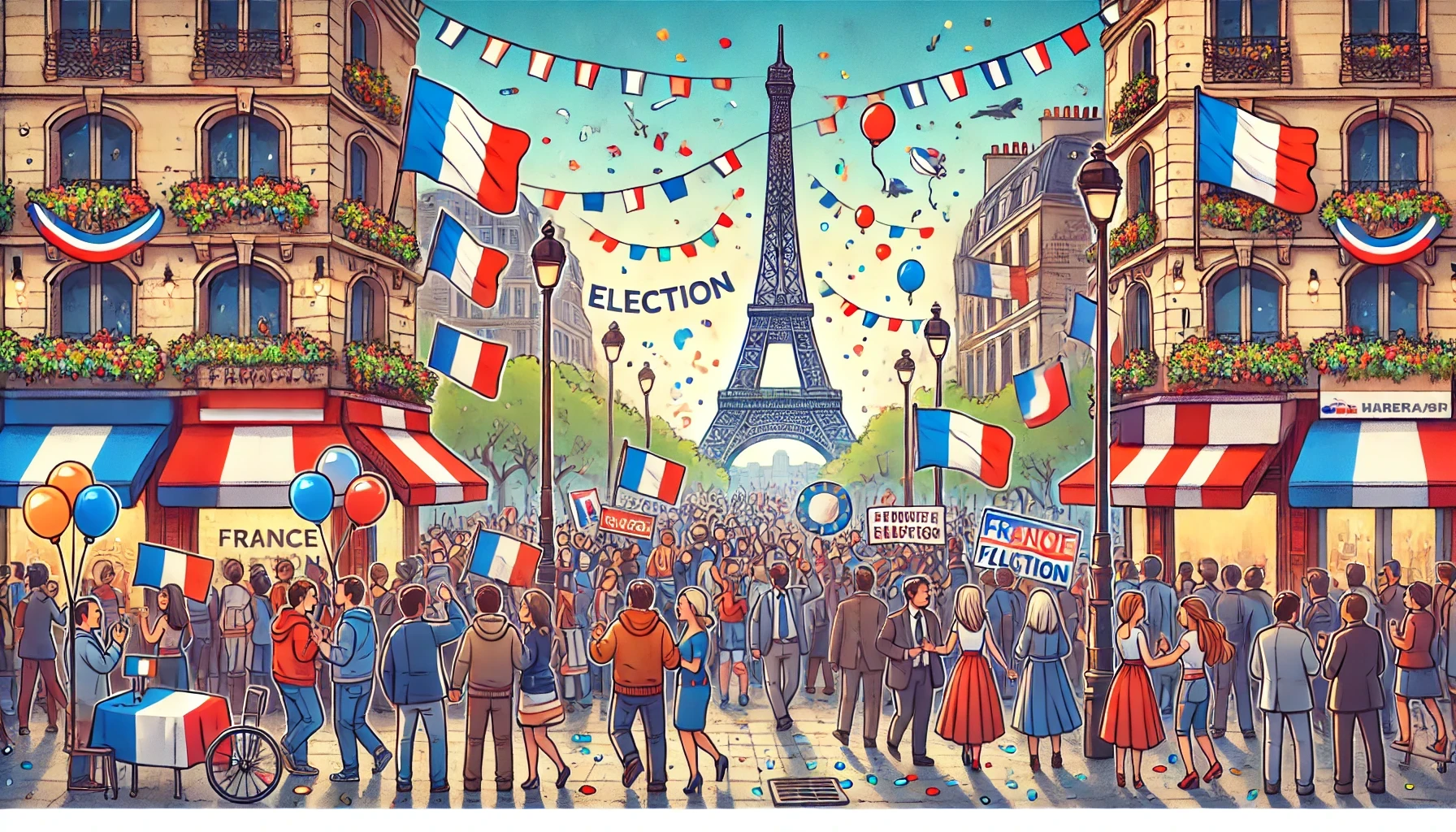France recently held a snap parliamentary election that led to unexpected outcomes and a lot of political uncertainty. Here’s a breakdown of what happened and what might come next.
1. The Election Results
In the election, no single party won an absolute majority in the French parliament. After the second round of voting on Sunday, the New Popular Front (NFP), a coalition of left-wing parties, emerged as the largest group with 182 seats. President Emmanuel Macron’s centrist Ensemble alliance won 163 seats, and the far-right National Rally (RN) and its allies secured 143 seats. This result means France now has a “hung parliament,” where no single party or group can easily pass laws without support from others.
2. The Unexpected Success of the Left
One of the biggest surprises was the success of the NFP. This coalition, which includes several left-wing parties like France Unbowed and the Socialists, managed to unite just before the election. Their combined strength helped them gain the most seats, a feat not seen since the days of President François Mitterrand in the 1980s.
3. The Far-Right Falls Short
The RN, led by Marine Le Pen, was expected to do better in the election. They aimed to become a significant force in French politics but ended up in third place. Despite winning more seats than ever before, their results were a letdown compared to their expectations.

4. High Voter Turnout
This election saw a high voter turnout, with about 67% of registered voters participating. This is much higher than the turnout in the 2022 elections and reflects the high stakes and intense interest in this election.
5. What Happens Next?
Now, President Macron needs to appoint a new prime minister who can work with the fragmented parliament. Usually, the prime minister comes from the largest group in parliament, but it’s unclear if Macron will choose someone from the NFP, especially since his allies have been critical of France Unbowed, the largest party within the NFP.
The NFP will also need to maintain unity among its diverse member parties, which have different views on various issues. If they can’t agree, it could lead to instability and frequent government changes.
In conclusion, France’s recent election has created a complex and uncertain political landscape. With no clear majority and various parties holding significant power, the coming years could be turbulent as leaders navigate this new reality.
This article is based on the following articles:
https://www.cnn.com/2024/07/08/europe/france-election-what-next-explainer-intl/index.html
https://www.nytimes.com/2024/07/08/world/europe/france-election-key-takeaways.html

Background Information
1. France’s Political System
France is a democratic republic, which means it has a government elected by the people. The French government has three main branches:
- Executive Branch: This includes the President and the Prime Minister. The President is the head of state and has significant power, including foreign policy and defense. The President appoints the Prime Minister, who is the head of government and runs the day-to-day operations of the country.
- Legislative Branch: This is made up of two houses: the National Assembly (the lower house) and the Senate (the upper house). The National Assembly is more powerful and is where laws are proposed and debated. Members of the National Assembly, called deputies, are elected by the people.
- Judicial Branch: This includes the courts, which ensure that laws are followed and that justice is served.
2. Political Parties in France
Political parties in France can range from far-left to far-right, each with different views on how the country should be run:
- Left-wing Parties: These parties often focus on social equality, public services, and workers’ rights. Examples include the Socialists and France Unbowed.
- Centrist Parties: These parties try to find a middle ground between left and right. President Emmanuel Macron’s party, Ensemble, is centrist.
- Right-wing Parties: These parties often emphasize free-market policies, national security, and traditional values. The Republicans are a traditional right-wing party.
- Far-right Parties: These parties have more extreme views, often focusing on nationalism and strict immigration policies. The National Rally, led by Marine Le Pen, is a far-right party.
3. What is a Hung Parliament?
A hung parliament occurs when no single party or coalition of parties has enough seats to form a majority in the National Assembly. This makes it difficult to pass laws because the ruling party must seek support from other parties to get anything done. In France, 289 seats are needed for an absolute majority in the 577-seat National Assembly.
4. Recent Political Context
- President Emmanuel Macron: Macron has been President of France since 2017. He is from the centrist party Ensemble. Macron’s presidency has seen significant reforms, but also widespread protests, particularly from the “Yellow Vests” movement against economic inequality and fuel taxes.
- Marine Le Pen and the National Rally: Marine Le Pen is the leader of the far-right National Rally. Her party is known for its strong anti-immigration stance and nationalist policies. In recent years, they have gained more seats in the National Assembly, reflecting growing support for their ideas among some French voters.
- Jean-Luc Mélenchon and France Unbowed: Mélenchon leads France Unbowed, a left-wing populist party that has gained popularity for its criticism of austerity measures and calls for social and economic reforms.
5. France’s Electoral System
France uses a two-round system for parliamentary elections:
- First Round: All candidates compete. If a candidate gets more than 50% of the votes, they win outright.
- Second Round: If no candidate wins in the first round, a second round is held. The candidates with the highest votes in the first round compete again, and the one with the most votes in the second round wins.
6. Importance of the Recent Election
This election was particularly significant for several reasons:
- Surprising Results: The election saw unexpected success for the left-wing New Popular Front and a disappointing outcome for the far-right National Rally, which was expected to perform better.
- High Voter Turnout: More people voted in this election compared to previous ones, showing how important this election was to the French people.
- Political Instability: With no party winning a clear majority, France faces a period of political uncertainty. President Macron will have to navigate this complex landscape to govern effectively.
7. Potential Challenges Ahead
- Forming a Government: Macron must appoint a new prime minister who can work with a divided parliament. This is challenging because the different parties have conflicting views.
- Maintaining Coalitions: The New Popular Front, although successful, is made up of several parties with different agendas. Keeping them united will be difficult.
Avoiding Gridlock: Without a clear majority, passing laws will be harder. This could lead to a gridlock where nothing gets done, or frequent government changes if votes of no confidence are passed.

Debate/Essay Questions
- Do far-right political parties contribute positively to national politics by addressing issues mainstream parties ignore, or do they promote division and extremism?
- Was President Macron’s decision to call a snap election a strategic move to clarify political support, or a risky gamble that led to greater political uncertainty?
Please subscribe to Insight Fortnight, our biweekly newsletter!
